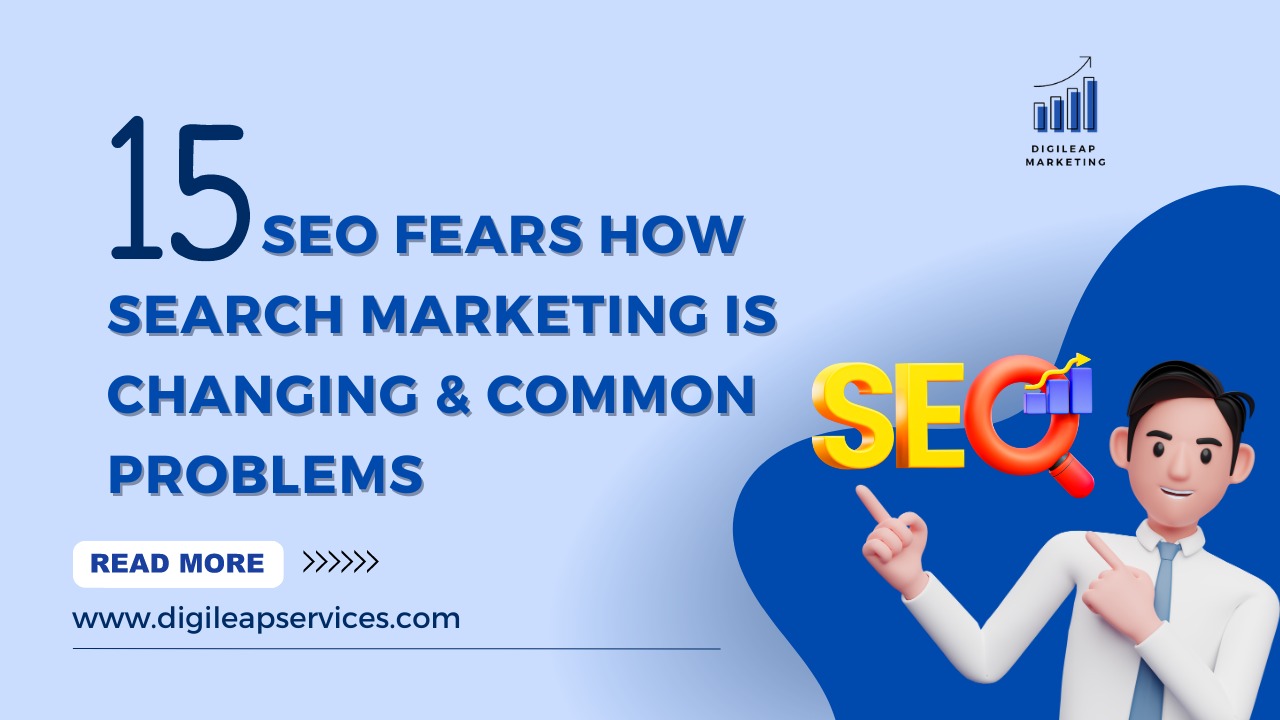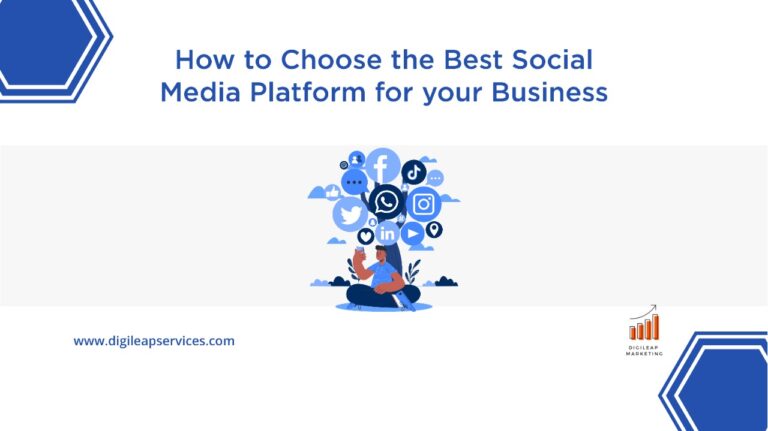15 SEO Fears How Search Marketing is Changing & Common Problems
SEO, or search engine optimization, is the process of increasing unpaid or organic traffic to a website by increasing the visibility of webpages or the entire website in search engine results pages. Here are some of the most common Search engine problems made by professionals, and solutions to them.
1. Slow Site Speed
Slow site speed can dissuade visitors from accessing content on your page. Slow site speed will inevitably cost you valuable SEO traffic. Investing time and effort to increase visitors from search engine results pages is virtually meaningless if the page takes too long to load.
2. Bad Reviews on Google
When it comes to product or service reviews, one should expect both positive and negative feedback. The total number of reviews, on the other hand, provides social proof for your company and helps with localized search ranking considerations.
3. Google My Business Verification Code Error
Problems with the verification PIN for your Google My Business account are rather common. Try again after changing your profile from “private” to “public.” If this does not work, request a new PIN. The problem may arise if you update your NAP (Name, Address, and Phone Number).
4. A scarcity of location-specific pages
According to a Google Report, searches of location-specific terms like “near me” have witnessed a spike, especially with mobile users. Furthermore, 76% of people who use their mobile device to search for something nearby visit the related business within a day or less, and 28% of those searches result in a purchase.
5. Duplicate Content
It refers to content that is either similar or identical to other content on your site. Although Google does not apply a penalty for duplicate content, it is quite likely to damage the ranking of the web pages.
6. Images with missing alternative text and broken images
Alternative tags, often known as alt tags, are picture HTML characteristics that help describe the content. When it comes to on-page SEO issues, alt tags must be addressed. Sometimes the picture component on your website does not render properly owing to an invalid filename, incorrect file location, or incorrect extension.
7. Site Content and Information that is Outdated
There are many search results available on the SERP for a specific query, but not all of them are useful to the readers. If the search engine determines problems that your content is out of date or irrelevant, your site will be removed. In a sense, you will be wasting your crawl allocation by crawling and indexing pages that are no longer relevant. It may potentially cost you traffic to your site because the bounce rate for such pages may skyrocket.
8. Your Website Isn’t Mobile-Friendly
Having a mobile-friendly websites has many advantages. They account for more than half of Google search results. At the same time, you will likely lose readers if your page is not optimized for mobile. If you haven’t used this function, then your site is also missing out on the most advanced sorts of design.
9. The Contact Form Isn’t Working
Furthermore, just 16% of those that watch it complete it. There are various reasons why contact forms don’t lead to conversions, including:
- Too many forms fields.
- The submit button is unclear or not working.
- Too few or too many selections in the dropdowns.
10. Broken Hyperlinks
When consumers arrive at your site via a search engine and see a 404 error, it creates a negative impression. Broken links on your website might even deplete your crawl budget or the number of times Google crawlers crawl your page in a particular timeframe. When search bots come across several broken links, they will navigate to other websites, leaving some of your critical pages unindexed or crawled. It also has a detrimental impact on your page’s domain authority.
11. Text to-HTML Ratio is Low
It is another SEO blunder that will go unnoticed because it is more technical. Although the information on your website seems textual, it is HTML code (such as headings, links, JavaScript, graphics, and so on) that underpins it. Text to HTML compares the percentage of text content to HTML code discovered by the search engine on the same website.
12. Not Indexed Pages
Indexing refers to adding your web pages to Google’s index of searchable pages. Google cannot rank content that has not been crawled by its bots. Some valid reasons for your pages not being indexed include:
- 404 errors
- Meta tags with the source code -> META NAME=” ROBOTS” CONTENT=” NOINDEX, NOFOLLOW”> on your pages will not be indexed.
- Your sitemap is out of date.
- Duplicate content
- Lack of popularity or authority
13. Improper Length of Title Tags and Meta Description
The meta title, or the title tag, is an HTML element that specifies the title of a web page. The meta description tag is a tag that provides a summary of your page’s content. These appear in the SERP for a specific result.
14. Long, jumbled URLs
A URL, or universal resource locator, is a web address that identifies where a web page on the internet may be found. When it comes to character constraints, URLs should ideally be fewer than 2083 characters—or 512 pixels—to prevent truncation by Google or render appropriately in all browsers.
15. Incorrect Redirections
Placing redirects may result in a loss of SEO value and traffic. If your redirects give little or no benefit, you might consider cleaning them up. Many 301 redirects, which accumulate over time, no longer provide the SEO value they formerly did. This will increase your load time and bounce rate.
Regarding SEO, the emphasis should always be on offering high-quality content and encouraging user interaction. While some search engine problems can be attributed to human error, conducting a frequent site audit will assist you in ensuring that your site is in excellent condition.












